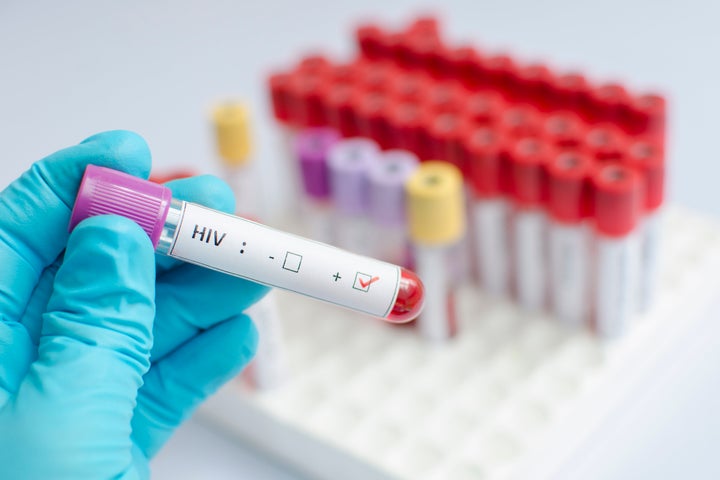For the first time ever scientists have shown how they can edit animal genes to shut down a HIV infection and then stop it from spreading further.
The new study is the next step in the ongoing efforts to find a permanent cure for the disease, which saw 88,769 people in the UK require access to treatment in 2015, according to the National Aids Trust.

During acute HIV infection, the cells replicate within the human body but are able to effectively conceal themselves in latent reservoirs – making them much harder to locate and treat.
But the new findings from Temple University and University of Pittsburgh, have shown that researchers are able to excise HIV DNA from the genomes, using gene-editing technology, and this causes the process of replication to stop.
Not only that but they can them eliminate infected cells, reducing the RNA expression of viral genes by roughly 60 to 95%.
The tool, known as CRISPR/Cas9 is the first to be used in this way, and was tested in three different animal models, including a ‘humanised’ model in mice where they were transplanted with human immune cells infected with the virus.
Professor Kamel Khalili said: “With ecoHIV mice we were able to investigate the ability of CRISPR/Cas9 strategy to block viral replication and potentially prevent systemic infection.”
This is building on previous work from 2016, and provides the first evidence of HIV-1 eradication by prophylactic treatment.
“The next stage would be to repeat the study in primates, a more suitable animal model where HIV infection induces disease, in order to further demonstrate elimination of HIV-1 DNA in latently infected T cells and other sanctuary sites for HIV-1, including brain cells,” said Khalili.
The eventual goal is a clinical trial in human patients, according to the team.
Back in February, a course of vaccinations left five people free of the detectable HIV virus, after repressing the infection before it replicated.
The vaccines are designed to stimulate the production of white blood cells in the patient, these cells then recognise and destroy cells that have been infected.
Around 50% of the world’s HIV population, estimated to be around 35 million by the World Health Organisation, have to take ART every day, which is expensive and can have bad side effects.
At the end of 2014, there were 103,700 people in the UK living with HIV and a further estimated 18,000 who do not know they are infected, according to NHS figures.
